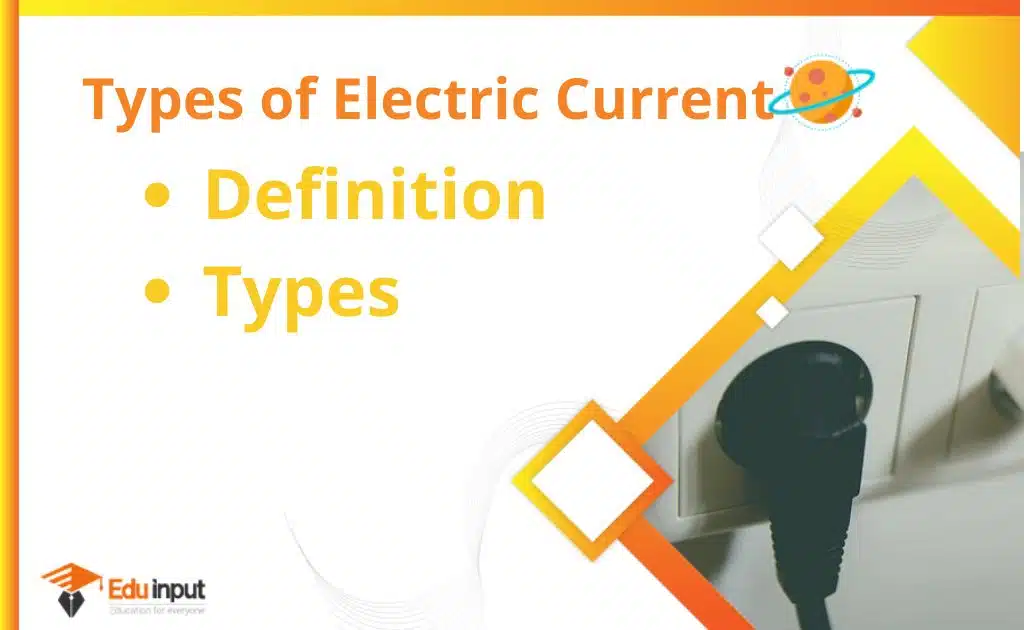Electrical Power Transmission-Definition, types, And Advantages
Electrical Power Transmission (EPM) is the process of converting current electricity generated at a power station into a usable form of electric current suitable for use by consumers. EPM is done using transformers, generators, and high voltage direct current (HVDC) systems.
What is Electrical Power Transmission?
Electric power transmission is the bulk movement of electrical energy from a generating site, such as a power plant to an electrical substation. The transmission network is comprised of the lines that facilitate this movement.
Electric power distribution, which is typically referred to as electric power distribution, is different from the local wiring between high-voltage substations and customers. The electrical grid is made up of the combined transmission and distribution network.
An electrical power transmission system
In railway electrification systems, single-phase alternating current is sometimes used, but most transmission lines are high-voltage three-phase alternating current. In the interchange of power between grids that are not mutually synchronized, as well as in submarine power cables, HVDC technology is used.
Synchronization problems and cascading failures can be caused by sudden new loads in one part of a power distribution network, which can be mitigated by using HVDC links.
It is possible to reduce the energy loss that occurs in long-distance transmission when electricity is transmitted at high voltages. Overhead power lines transmit power, but underground power lines can be used. In urban areas or places that are sensitive to the environment, underground transmission is sometimes used.
Types of Electrical Power Transmission
There are that are widely used for power transmission.
- Overhead transmission
- Underground transmission
Overhead transmission
Insulation does not cover high-voltage overhead conductors. The conductor material is usually an aluminum alloy made into several strands and possibly reinforced with steel strands. When the overhead transmission is used, copper is sometimes used, but aluminum is lighter, yields only marginally reduced performance, and costs less. Overhead electric conductors are supplied by a number of companies around the world.
Underground Transmission
Overhead power lines can be a problem when it comes to the transmission of electric power. Overhead lines take up more right-of-way than underground cables, have less visibility, and are less affected by bad weather. Overhead construction costs are not as high as insulated cable and excavation costs. The time it takes to locate and repair buried transmission lines is longer.
Advantages of Electrical Power Transmission
Reductions in losses over long distances can be achieved by using high-voltage power transmission. It is possible for the transmission of a larger proportion of the generated power to the substations and in turn to the loads to be achieved through the efficiency of high voltage transmission.







Leave a Reply